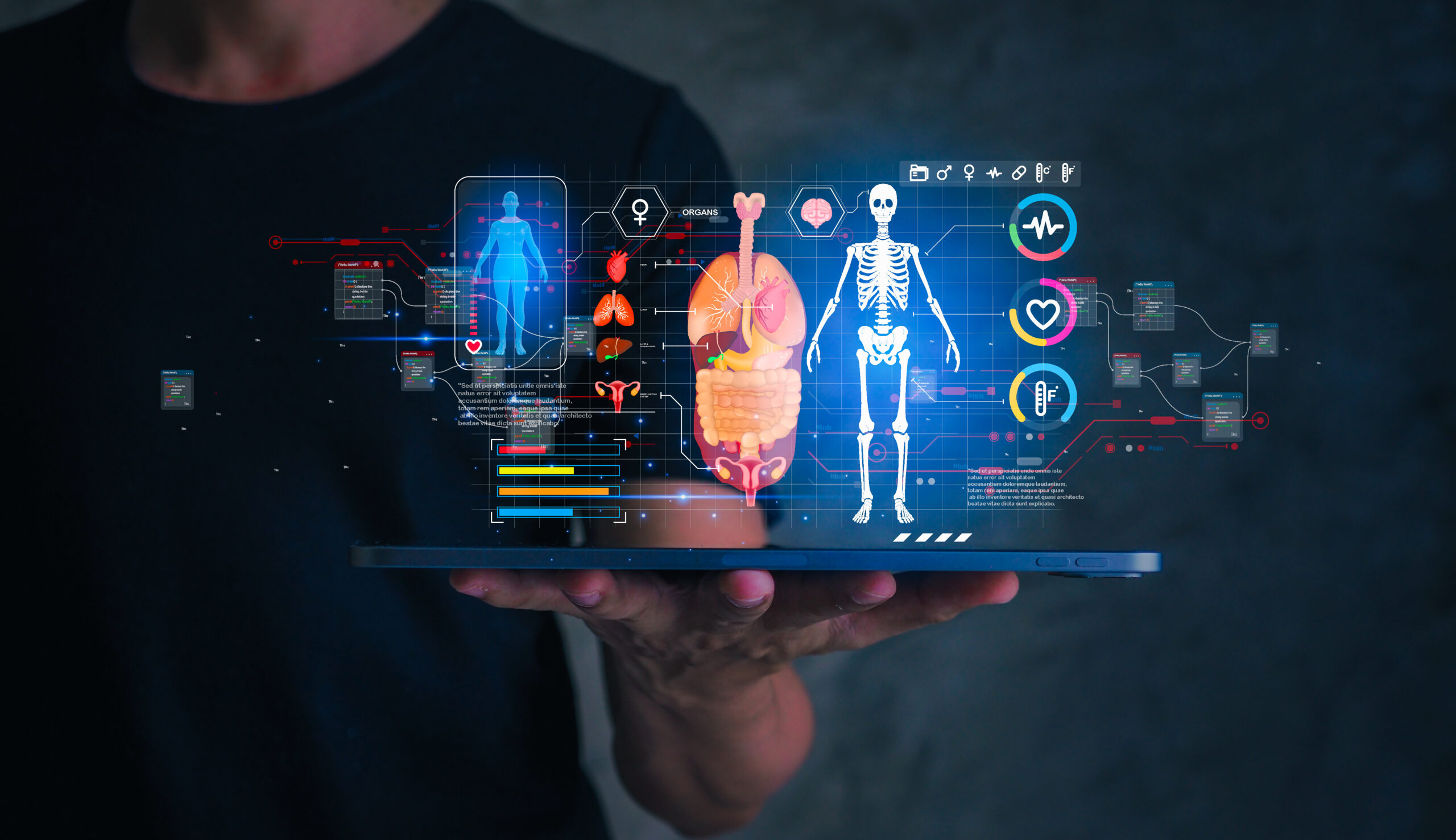Setting Up Your AI Biohacking Protocol
Step 1: Assess Health Baseline
Start by evaluating your health with a Comprehensive Metabolic Panel (CMP). This blood test reveals insights into:
- Kidney and liver function
- Electrolyte balance
- Blood sugar levels
This data enables your AI to identify areas for improvement.
Step 2: Gather Personal Health Data
Besides the CMP, gather additional health data such as:
- Dietary habits
- Exercise routines
- Sleep patterns
- Stress levels
- Optionally, genetic information
These factors provide a holistic view of your health.
Step 3: Set Up Your AI Model
Utilize an AI platform supporting GPT models to craft your personalized biohacking protocol:
First, choose an AI platform. For instance, select a platform like OpenAI’s GPT or Google’s BERT that allows for model customization.
Next, input your data. To ensure privacy, anonymize and securely input your health data into the model.
Finally, train your model. By doing so, tailor the AI by training it with your data, enabling it to make precise predictions and suggestions.
Step 4: Incorporate Feedback Loops
For optimal effectiveness, integrate feedback loops into your AI. Specifically, input results from follow-up CMP tests, dietary adjustments, or changes in health metrics. Consequently, this continuous flow of data refines the AI’s recommendations over time.
Step 5: Prioritize Privacy and Security
When dealing with sensitive health data, it is crucial to ensure strict adherence to privacy standards like HIPAA and to also employ robust encryption measures to safeguard your information.
Step 6: Keep Improving
To enhance its recommendations, feed your AI with fresh data regularly. As a result, the more data it processes, the sharper its insights become. Furthermore, regular updates ensure that the suggestions remain relevant and personalized to your evolving health journey.
Prompts for AI Biohacking Protocols
- “Based on my latest CMP results, which nutrients appear to be deficient, and what foods or supplements should I consider to balance these levels?”
- This prompt helps the AI analyze specific deficiencies and provide targeted dietary or supplement recommendations.
- “Identify any potential health risks in my genetic profile and suggest preventative biohacking strategies.”
- Useful for integrating genetic information, this prompt allows the AI to tailor preventative measures that might reduce the risk of developing genetic-related issues.
- “Analyze my sleep data from the past month and recommend adjustments to improve my sleep quality.”
- By feeding sleep tracking data into the AI, this prompt can help users get customized advice on improving sleep patterns and overall sleep quality.
- “Given my current activity levels and diet, what type of exercise regime would complement my nutritional intake for optimal health?”
- This prompt helps bridge the gap between diet and physical activity, ensuring that both are aligned for optimal health outcomes.
- “Review my stress indicators for the past week and suggest biohacking techniques to reduce stress.”
- Aimed at users tracking their stress levels, this prompt would enable the AI to suggest practical biohacking interventions like meditation, breathing exercises, or lifestyle changes.
- “What are the long-term health implications of my current lifestyle choices, and how can I adjust them for better longevity?”
- This broader prompt asks the AI to evaluate the user’s lifestyle holistically and propose changes that promote longevity and reduce health risks.
- “Provide a weekly personalized eating plan that aligns with my dietary restrictions, preferences, and nutritional needs.”
- Here, the AI can become a daily tool in planning meals that are not only enjoyable but also tailored to the user’s specific health and nutritional requirements.
- “Compare my health data from the last six months and identify any trends or areas for concern.”
- This prompt enables the AI to perform a longitudinal analysis, offering insights into how the user’s health is progressing over time and identifying any negative or positive trends.
Conclusion
Creating a personalized AI biohacking assistant is an exciting venture that marries technology with personalized health care. By leveraging your unique health data, dietary preferences, and lifestyle choices, you can develop a biohacking protocol that is not only tailored to your current health needs but also adaptable to future changes. This personalized approach ensures you’re always at the forefront of optimizing your health, guided by cutting-edge AI technology. Remember, while an AI can provide powerful insights and recommendations, it’s important to consult with healthcare professionals before making any significant changes to your health regimen.





